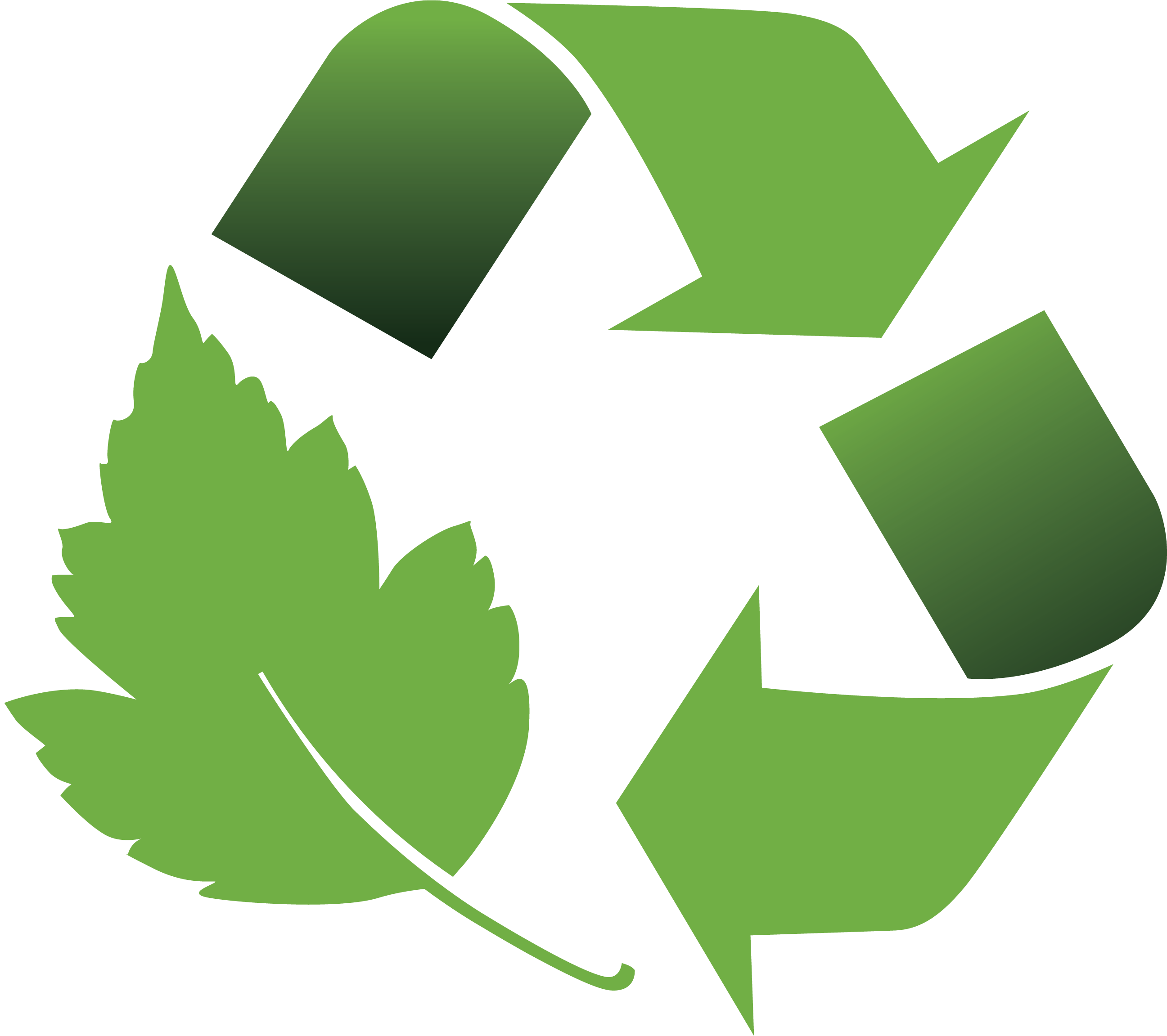What's the Verdict on Rhodium Plating?

What’s the Verdict on Rhodium Plated Jewelry?
Everybody wants to protect their jewelry and keep it looking beautiful (that’s the reason we’re in business)! There are a number of things you can do to ensure your favorite pieces stay shiny and avoid tarnish.
One of the more commonly proposed methods in the industry is to have your white gold or silver rhodium plated. But what is rhodium plating, what does the process entail and is it an efficient way to protect your jewelry?
Let’s Examine Organic Rhodium
Rhodium is one of the rarest and most expensive precious metals in the world. It's a rare noble metal and a member of the platinum group. Rhodium is hard, durable, high in reflectance, and usually found in platinum and nickel ores. These are the reasons rhodium is utilized in the plating process.The Rhodium Plating Process
Jewelers who rhodium plate jewelry have a specific process they must follow closely or things go awry.
First, they remove any scratches and clean the piece of jewelry thoroughly. They then rinse the jewelry in distilled water. If tap water or anything other than distilled water is used, contaminants will adhere to the surface and the plating will not take.
Second, the piece is “electro cleaned” – subjected to electric currents with anodes to remove any further contaminants or corrosives. Following the electro cleaning, the piece is rinsed in distilled water again and exposed to a metallic bond. This activates the solution.
Third, the jewelry is exposed to a liquid rhodium solution, which is heated to room temperature. The piece will remain in the solution for a set period of time depending on the desired thickness of the plating.
Lastly, it is returned to distilled water, steamed and left to dry.
This is a basic overview of the rhodium plating process. For a more in depth look on how jewelers rhodium plate jewelry, watch this informative video:
This Sounds Great! So What’s the Debate?
After the plating process has been enacted, the end result should be a spectacularly shiny piece of jewelry. Consequently, there may exist a status of overly shiny.
As mentioned earlier, rhodium’s high reflectance is what makes plated jewelry remarkably sheen. White gold and sterling silver are the most commonly rhodium plated metals, and each contains their own properties and natural luster.
However, rhodium plating forces an overwhelming luminosity upon them.
Rhodium plated silver produces an outward appearance that looks remarkably similar to white gold. This is an undesirable effect and detracts from silver's natural beauty.
Take a look at this image:
 Source: www.Krikawa.com
Source: www.Krikawa.com
Notice the natural and non plated ring on the left.
White gold's natural appearance is darker than silver. However, after undergoing rhodium plating, it becomes an overpowering white; so white, that the true precious metal underneath can no longer be identified.
Notice the worn plated ring on the right.
Rhodium plating wears off and fades quickly. Depending on how often you wear the piece, your specific body chemistry, and the thickness of the plating itself, rhodium plating will wear off and scratch at varying rates.
This can happen in as little as a few weeks, a few months, or a few years. The fading of rhodium plating is inevitable and can prove costly.
As mentioned earlier, rhodium is rare and expensive. Due to price volatility, re-plating your pieces can run you upwards of $100.
Serious problems can occur if a rhodium plated piece needs to be sized, shortened, soldered or repaired. The heat of the torch during these operations can damage or strip the plating.
This is especially true if the piece contains gems that are heat sensitive, such as opals, pearls, emeralds, turquoise, amber, or enamel (some of the most commonly used gemstones in silver jewelry pieces).
Final Thoughts
Due to the fact that rhodium plating creates an unnatural look, eventually fades, and leaves your white gold/sterling silver exposed, you still need to worry about scratches and tarnish.
This leaves many people with the following thought: Why even bother with rhodium plating?
If you’re simply prolonging the inevitable, why waste your time and money constantly re-plating your pieces? This is an important thing to consider when weighing your buying options.
Jewelry should be worn and displayed for its natural allure - not glossed over and hidden with a manufactured coating. There are more effective and less expensive methods to protect your jewelry and keep its beauty intact!




